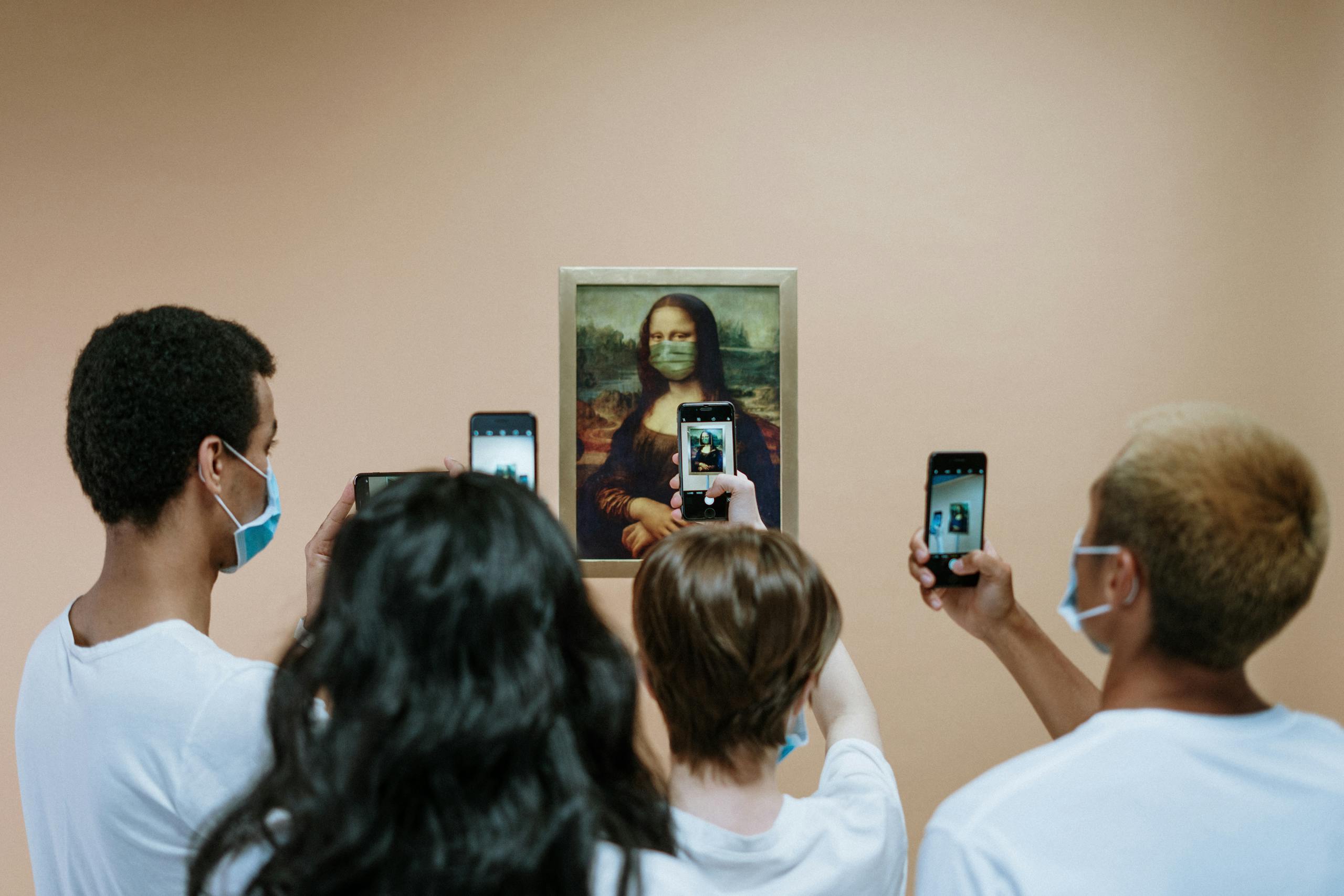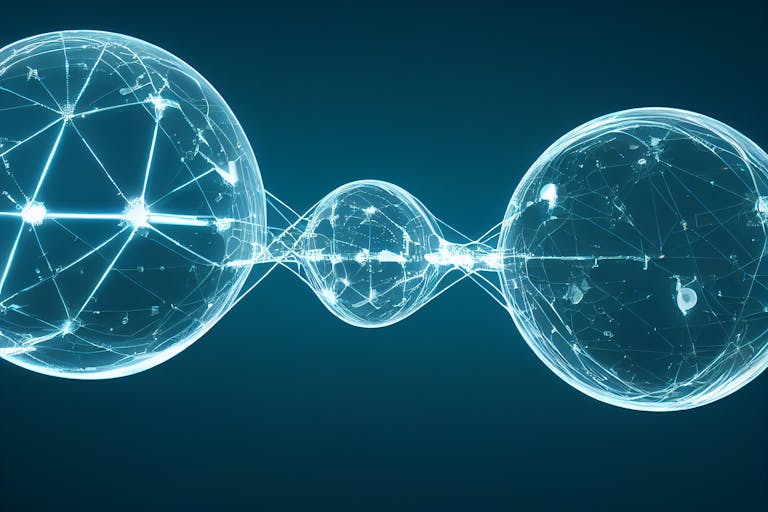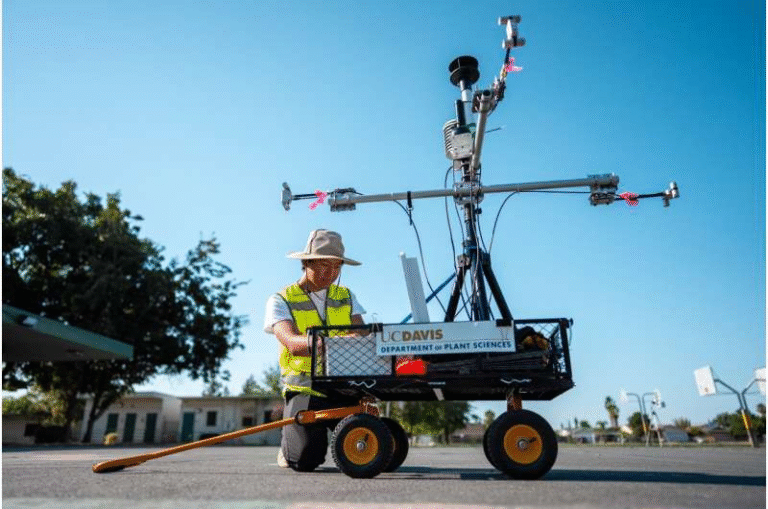The Da Vinci DNA Project: Tracing the Genetic Legacy of a Renaissance Genius

For centuries, Leonardo da Vinci has been admired as the ultimate Renaissance figure — an artist, scientist, and inventor whose mind seemed to hold limitless curiosity. Now, thanks to decades of work by genealogists and scientists, researchers are closer than ever to uncovering Leonardo’s biological legacy. The Leonardo DNA Project, an ambitious international effort, aims to reconstruct the genetic profile of the man who painted the Mona Lisa and conceptualized flying machines centuries ahead of his time.
This article breaks down the latest findings, the people and institutions behind the project, and why this research could reshape how we understand Leonardo — not just as a historical figure, but as a biological individual.
1. Building a Family Tree Across 21 Generations
The foundation of the Leonardo DNA Project is genealogical research that took three decades to complete. Two Italian researchers, Alessandro Vezzosi and Agnese Sabato, members of the Leonardo Da Vinci Heritage Association in Vinci, pieced together Leonardo’s family tree with painstaking detail.
Their work traces the Da Vinci family line back to 1331, covering 21 generations and documenting more than 400 individuals. Importantly, since Leonardo himself never had children, the researchers focused on his extended paternal family — identifying connections through his father, Ser Piero da Vinci, and half-brothers, including Domenico Benedetto.
From this massive effort, they were able to confirm the existence of at least 15 living male-line descendants. These individuals are linked genealogically to Leonardo’s father and half-brother, which means their Y chromosomes — passed down almost unchanged from father to son — should be similar to the Y chromosome Leonardo himself carried.
This reconstruction of the Da Vinci family tree has now been published in the book Genìa Da Vinci. Genealogy and Genetics for Leonardo’s DNA, released by Angelo Pontecorboli Editore.
2. DNA Tests Confirm Genetic Continuity
Once these male-line descendants were located, a scientific team led by David Caramelli, director of the Department of Biology at the University of Florence, began testing their DNA. With help from forensic anthropologist Elena Pilli, the researchers analyzed the Y chromosome of six of these living men.
The results were striking: all six carried shared Y chromosome markers, confirming that the Da Vinci male line has remained genetically continuous for at least 15 generations. This was a crucial finding because it validated the genealogical work and gave the Leonardo DNA Project a strong biological basis for moving forward.
3. Excavating the Da Vinci Family Tomb
But the research doesn’t stop with living descendants. The team is also turning to the past, excavating the Da Vinci family tomb in the Church of Santa Croce in Vinci. The tomb is thought to contain the remains of Leonardo’s grandfather Antonio, his uncle Francesco, and several half-brothers — including Antonio, Pandolfo, and Giovanni.
During excavations, anthropologists Alessandro Riga and Luca Bachechi recovered bone fragments. Radiocarbon dating confirmed that at least one of these remains was consistent with the era of Leonardo’s relatives. Further paleogenomic testing showed the skeleton belonged to a male individual, aligning with expectations for Da Vinci family members.
Now, researchers are working to determine whether enough DNA has been preserved in these centuries-old bones to allow meaningful comparison with the Y chromosomes of living descendants. If successful, this would further verify the accuracy of historical paternity records and establish a direct genetic connection across half a millennium.
4. Scientific Goals of the Leonardo DNA Project
The Leonardo DNA Project, launched in 2016, brings together institutions from around the world. Key partners include:
- The Rockefeller University (New York)
- J. Craig Venter Institute (California)
- University of Florence (Italy)
- Support from foundations such as the Achelis and Bodman Foundation (New York) and the Richard Lounsbery Foundation (Washington, D.C.)
The main scientific aim is to reconstruct Leonardo’s genetic profile using modern DNA technologies. Researchers hope to analyze his Y chromosome and compare it with genetic material recovered from tomb remains, as well as potential biological traces on manuscripts, notebooks, and artworks that Leonardo may have handled.
Why does this matter? A reconstructed genetic profile could reveal:
- Possible health conditions Leonardo may have had.
- Insights into his physical traits, including his famously keen eyesight and left-handedness.
- Clues about his ancestry and family origins.
- Even hints at the causes of his death in 1519.
The broader ambition is to push the boundaries of what science can uncover about long-deceased historical figures — combining genetics, archaeology, and history in a single international collaboration.
5. Beyond DNA: Historical and Cultural Revelations
The research is not limited to genetics. Vezzosi and Sabato’s genealogical study also uncovered fascinating historical details about Leonardo’s family and early life:
- They documented seven Da Vinci family homes in Vinci, along with two properties owned directly by Leonardo that were inherited from his uncle Francesco. These properties were contested in long disputes with his half-brothers.
- New light was shed on Leonardo’s mother, Caterina, who some sources suggest may have been a slave in the household of wealthy banker Vanni di Niccolò di ser Vanni. This challenges romanticized images of Leonardo’s parentage.
- Leonardo’s paternal grandfather Antonio was revealed not just as a farmer, but as a merchant who traveled between Catalan Spain and Morocco, adding an international dimension to Leonardo’s heritage.
6. The “Unicorn Dragon” Discovery
One of the most surprising revelations tied to this research is the identification of a previously unknown artwork possibly by Leonardo himself. On the mantle of an old building in Vinci, researchers discovered a large charcoal drawing of a fantastical creature.
The creature features:
- A spiral horn on its head.
- A beak-like snout with hooked teeth.
- A flaming tongue.
- Clawed limbs, pointed ears, and pronounced scales.
- A fan-like wing structure resembling those of birds and bats.
- A serpentine tail.
Vezzosi and Sabato named this mysterious drawing the “Unicorn Dragon.” Its features suggest a connection to Leonardo’s later studies of animal anatomy and flight.
The attribution has been supported by Roberta Barsanti, Director of the Leonardian Museum and Library, and Vinci’s mayor Daniele Vanni. Plans are underway for scientific analysis and restoration of the drawing.
7. Did Leonardo Anticipate Epigenetics?
In addition to his art and inventions, Leonardo also mused on heredity and the origins of human life. In his notebooks, he speculated on how diet, blood, and parental behavior might influence offspring.
Today, this sounds remarkably close to modern concepts of epigenetics, which studies how environmental factors and lifestyle can affect gene expression. While Leonardo lacked the scientific tools to prove these ideas, his observations reflect the same curiosity and foresight that made him such a revolutionary thinker.
8. Why This Project Matters
The Leonardo DNA Project is more than just a quest to satisfy historical curiosity. It represents a new frontier in science where archaeology, genetics, and cultural history converge. If successful, it could:
- Provide the first genetic portrait of one of history’s greatest minds.
- Offer new insights into his biology and health.
- Deepen our understanding of the environment and family life that shaped him.
- Open the possibility of applying similar techniques to other figures from history.
For the small Tuscan town of Vinci, this project is also a source of pride — a reminder that the illegitimate child born there in 1452 continues to inspire awe across the centuries.
9. Leonardo da Vinci in Context
Since we are exploring Leonardo’s biological and historical roots, it’s worth remembering some key facts about his life:
- Born in Vinci, Italy in 1452, Leonardo was the illegitimate son of notary Ser Piero and a woman named Caterina.
- He apprenticed in Florence under Andrea del Verrocchio, where he mastered painting, sculpture, and engineering.
- His most famous artworks include the Mona Lisa, The Last Supper, and Vitruvian Man.
- Beyond art, he studied anatomy, flight, hydraulics, and military engineering. His notebooks contain thousands of sketches blending science and imagination.
- He died in 1519 in Amboise, France, under the patronage of King Francis I.
Leonardo’s genius is often seen as unparalleled, but projects like this remind us that he was also a biological human being whose DNA may still echo in his living relatives.
Final Thoughts
The Leonardo DNA Project is an unprecedented scientific and historical endeavor. By combining 21 generations of genealogy, modern DNA testing, and archaeological excavation, researchers are piecing together the genetic story of one of humanity’s most brilliant minds.
Whether through shared Y chromosomes, ancient bones, or even fingerprints left on a manuscript, the genetic voice of Leonardo da Vinci may soon speak again — not in his art or his writings, but in his very DNA.
Research Source:
The New Genealogical Tree of the Da Vinci Family for Leonardo’s DNA (Pontecorboli)





